Legal Options for Victims of Speeding-Related Accidents
Speeding continues to be one of the leading causes of car accidents in the United States. Every year, thousands of people suffer serious injuries, emotional trauma, and devastating financial consequences because another driver chooses to exceed the speed limit. If you’ve been injured in a car crash due to someone else’s reckless speeding, it’s essential to understand your legal rights.
In this guide, we’ll explore your speeding-related accident legal options, including what to expect, what steps to take, and how to ensure you receive the compensation you deserve.
Table of Contents:
1. Understanding the Dangers of Speeding
Speeding is one of the most dangerous behaviors on the road, yet it remains a common cause of serious and fatal accidents. While it may seem harmless to drive just a few miles per hour over the speed limit, speeding significantly alters how a vehicle behaves and how much time a driver has to react to unexpected situations.
Speeding and Fatal Accidents
According to the National Highway Traffic Safety Administration (NHTSA), speeding has consistently been involved in approximately 29% of all traffic-related deaths in the United States. That means nearly one-third of fatal crashes are linked to drivers operating their vehicles above the posted speed limit or too fast for road conditions.
Why Speeding Is So Dangerous
Let’s break down why speeding contributes to both the likelihood and severity of car crashes:
1. Increases Stopping Distance
A speeding vehicle takes much longer to stop, especially in emergencies. The faster a car travels, the greater the distance it needs to come to a complete stop this includes:
-
- Perception distance: The distance a vehicle travels while the driver processes the need to brake.
- Reaction distance: The time it takes for the driver to move their foot from the gas pedal to the brake.
- Braking distance: The vehicle travels while the brakes are applied.
Each of these distances is extended at higher speeds, increasing the chances of rear-end collisions, intersection accidents, or failing to avoid hazards.
Example: At 60 mph, a vehicle may take over 300 feet to stop the length of a football field if the driver reacts instantly and brakes hard.
2. Reduces Reaction Time
Driving faster leaves little time to make critical decisions. Whether avoiding a pedestrian, reacting to sudden traffic stops, or navigating poor weather conditions, higher speeds reduce your window for safe decision-making.
Drivers who are speeding may:
-
- Miss the traffic signals or stop signs
- Fail to see merging vehicles
- Be unable to swerve safely to avoid an object or vehicle
In situations where milliseconds matter, speeding takes away a driver’s time to save lives.
3. Lessens the Effectiveness of Safety Features
Safety systems like airbags, seatbelts, crumple zones, and anti-lock brakes are designed to protect passengers at certain speed thresholds. When speeds exceed those thresholds, the force of the crash can overwhelm these systems, resulting in:
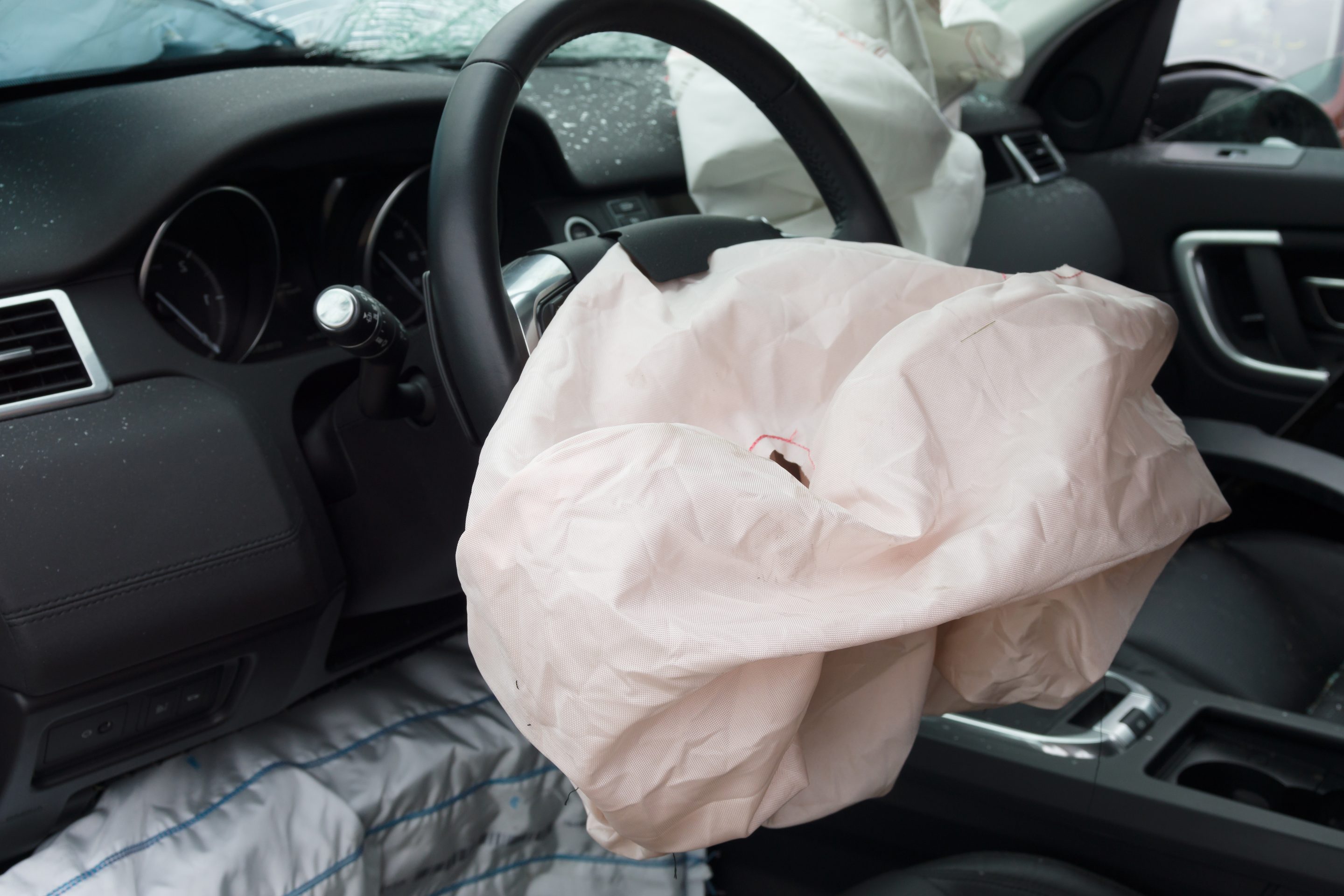
-
- Airbags deploying too late or being ineffective
- Seatbelts failing to prevent ejection
- Vehicles crumpling beyond intended zones, leading to cabin intrusion
In high-speed crashes, the risk of traumatic brain injuries, spinal damage, or fatal blunt force trauma increases significantly, even for vehicles with advanced safety technology.
4. Increases the Severity of Injuries
The faster a vehicle moves, the greater the energy involved in a crash. That means more force is transferred to passengers, which often results in:
-
- Multiple broken bones
- Severe head and neck trauma
- Internal bleeding or organ failure
- Permanent disfigurement or disability
- Increased risk of fatalities
Victims of high-speed accidents often require emergency surgeries, extensive rehabilitation, and long-term care. The emotional and financial costs can be devastating for families.
5. Encourages Other Reckless Behavior
Drivers who speed are often more likely to engage in other forms of reckless or aggressive driving, such as:
-
- Tailgating
- Running red lights
- Weaving through traffic
- Distracted or impaired driving
This combination of dangerous behaviors significantly raises the risk of multi-vehicle collisions, pedestrian accidents, and roadway fatalities.
Speed Limits Are Set for a Reason
It’s important to understand that speed limits are not arbitrary but based on traffic patterns, visibility, road conditions, and accident data. Exceeding them even slightly puts everyone at risk, including:
-
- Other drivers
- Passengers
- Pedestrians
- Cyclists
- Emergency responders
- When drivers choose to speed, they knowingly increase the danger for everyone on the road.
2. Common Injuries in Speeding-Related Accidents
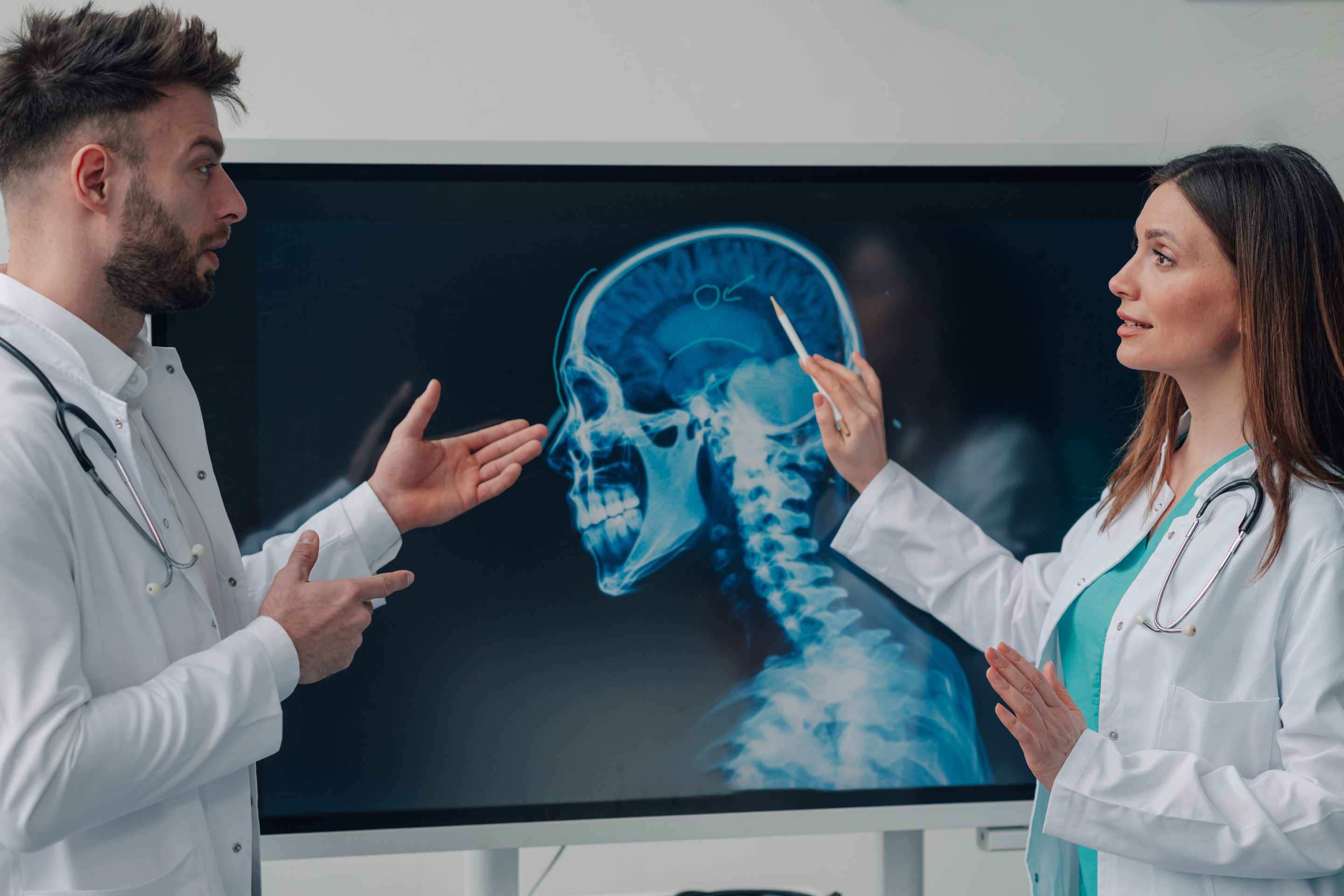
Victims of high-speed collisions often suffer serious injuries such as:
-
- Traumatic brain injuries (TBIs)
- Spinal cord damage or paralysis
- Broken bones and fractures
- Internal organ damage
- Whiplash and neck injuries
- Lacerations and disfigurement
- Emotional and psychological trauma (PTSD, anxiety)
3. Legal Options for Victims
If you’ve been injured in a speeding-related accident caused by another driver, you may have several legal options, including:
A. Filing a Personal Injury Claim
You can file a claim against the at-fault driver’s insurance company to cover:
-
- Medical expenses
- Lost wages
- Pain and suffering
- Property damage
B. Filing a Lawsuit
If the insurance company refuses a fair settlement, you may file a personal injury lawsuit to seek maximum compensation through the court system.
C. Pursuing a Wrongful Death Claim
If a loved one was killed due to a speeding driver, surviving family members may be entitled to file a wrongful death claim.
D. Seeking Punitive Damages
4. Steps to Take After a Speeding-Related Crash
The moments following a car accident can be chaotic and overwhelming, especially when serious injuries are involved. However, the actions you take immediately after a speeding-related accident can significantly impact your health, legal rights, and financial future. Follow these essential steps to protect yourself and build a strong foundation for any future legal claim:
1. Call 911 and Get Immediate Medical Help
Your health is the top priority. Even if you feel “fine,” call 911 to report the accident and request medical assistance. Emergency responders can:
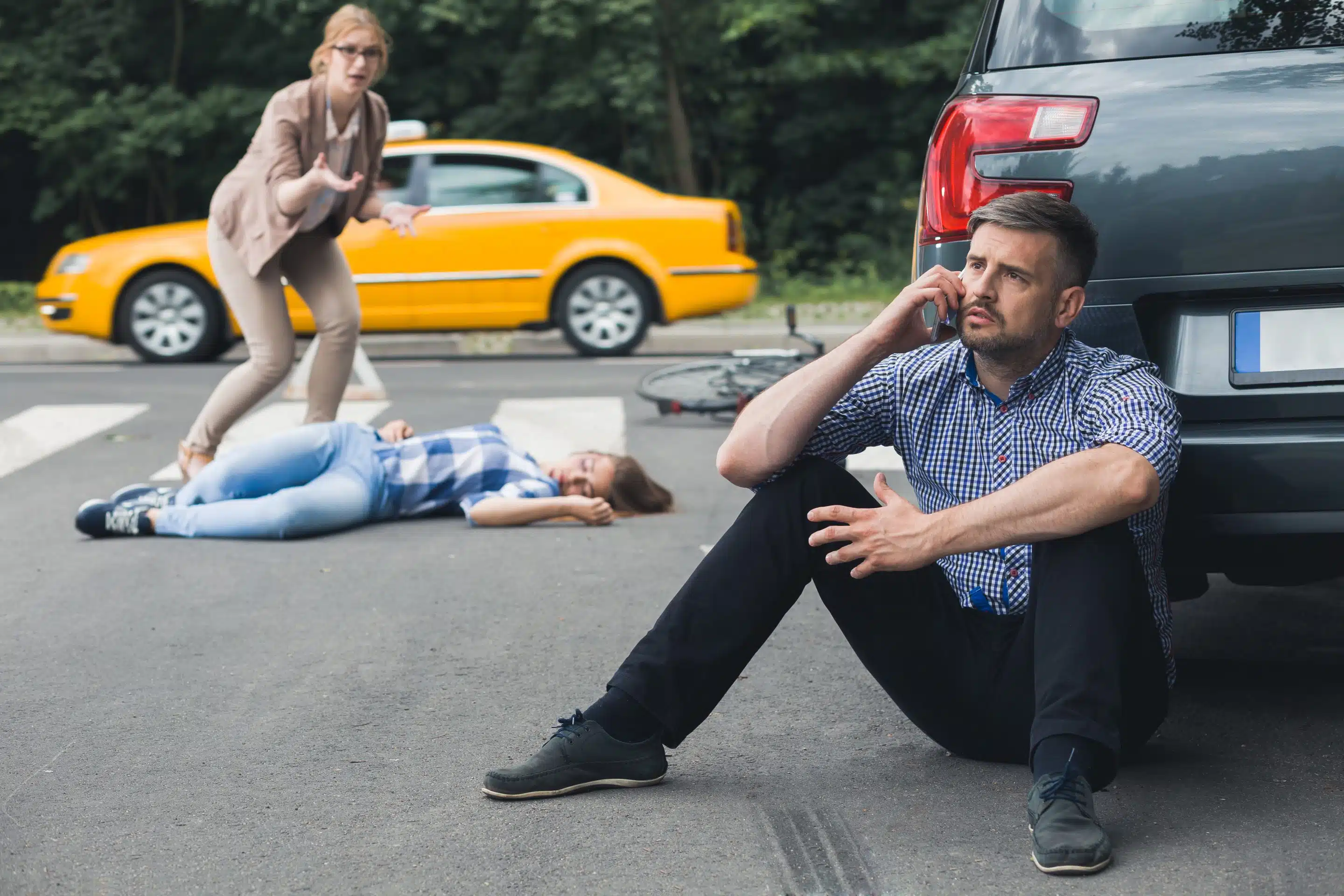
-
- Provide urgent care at the scene
- Transport you to a hospital if needed
- Document your injuries, which becomes critical evidence later
Failing to seek immediate care can weaken your personal injury claim and may delay discovering internal injuries or concussions that don’t show symptoms right away.
2. Document the Scene Thoroughly
Use your phone (if you’re physically able) to photograph and video:
-
- Damage to your vehicle and the other car(s)
- The overall scene, including skid marks, road signs, debris, etc.
- Your injuries (cuts, bruises, swelling)
- Any nearby traffic signs or hazards that may be relevant
This evidence may later be used to demonstrate fault, the force of impact, and the extent of your damages, especially if the at-fault driver tries to deny responsibility.
3. Obtain a Police Report
When law enforcement arrives:
-
- Be truthful and transparent when describing what happened
- Ask for the report number, the officer’s name, and the badge number
- Make sure the officer notes any signs of speeding (e.g., skid marks, witness testimony)
The police report is one of the most critical documents in any personal injury case involving a speeding-related accident. It can help establish liability and corroborate your version of events.
4. Gather Witness Statements and Contact Info
If any bystanders or other drivers saw the accident:
-
- Ask them for their names, phone numbers, and emails
- Request a brief description of what they saw, if possible
Neutral third-party witness statements can support your claim, especially when the speeding driver denies wrongdoing.
5. Seek Medical Care Even if Symptoms Seem Mild
Many crash-related injuries take hours or even days to present fully. Adrenaline and shock can mask symptoms such as:
-
- Internal bleeding
- Concussions or brain trauma
- Neck or spine injuries
- Soft tissue damage
Always follow up with your primary care physician or visit the ER for a complete evaluation. Keep all medical records and follow your doctor’s treatment plan.
6. Contact an Experienced Personal Injury Attorney
5. How an Injury Lawyer Can Help You
After a serious car crash involving speeding, many victims assume they can handle the insurance claim alone. Unfortunately, insurance companies are not on your side they are in the business of minimizing payouts, not offering justice.
Working with a seasoned personal injury attorney can make a huge difference in your outcome.
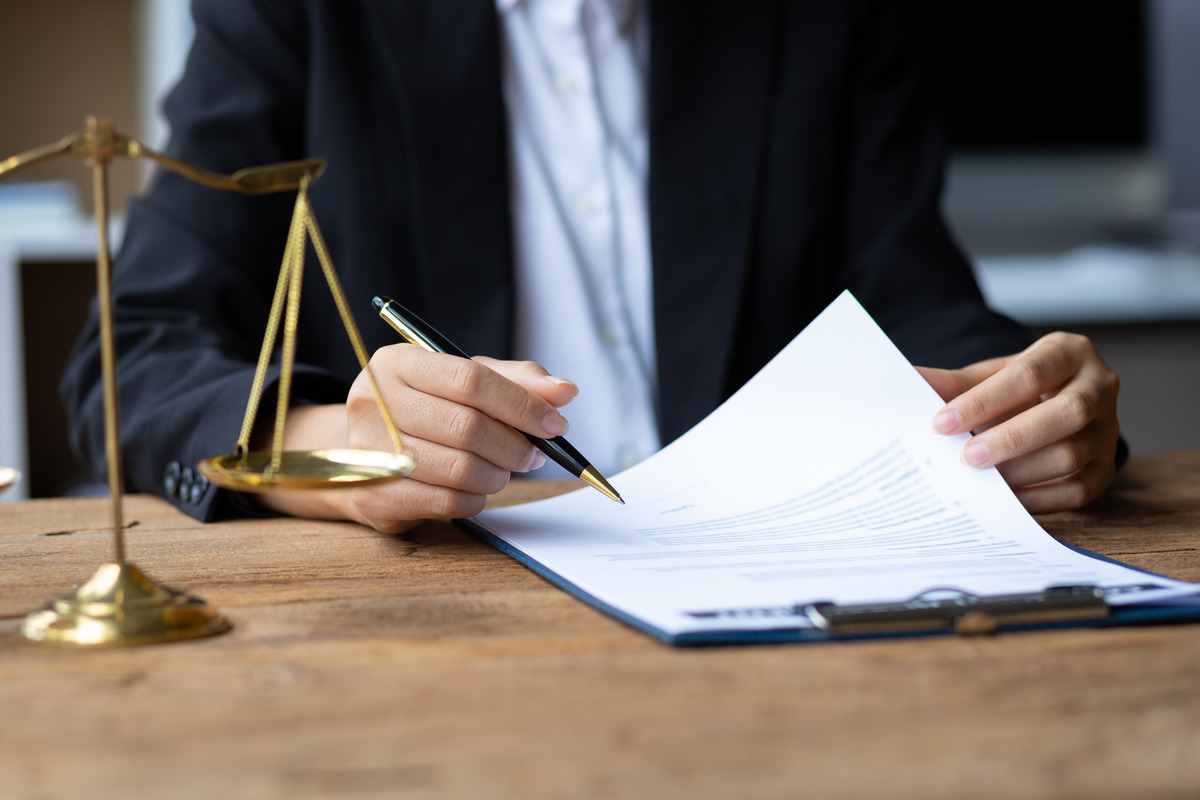
Here’s how a lawyer protects your legal rights:
Insurance adjusters may get you to say things that weaken your claim. Your attorney will manage all conversations and written correspondence to ensure your words can’t be used against you.
An attorney will gather and analyze:
-
- Police reports
- Medical records
- Eyewitness statements
- Traffic camera or dashcam footage
- Speed data from vehicle “black boxes”, if available
- Expert accident reconstruction, when needed
This comprehensive evidence can differentiate between a denied claim and full compensation.
Your lawyer will structure your case to:
-
- Demonstrate fault
- Highlight the full impact of your injuries
- Quantify both financial and non-financial losses
This is crucial in settlement negotiations or trial proceedings.
Insurers often offer lowball settlements hoping you’ll accept quickly. A skilled attorney will push back to recover what you’re truly owed.
If a fair settlement isn’t offered, your lawyer can file a lawsuit and represent you in court. Many firms, like Roxell Richards Injury Law Firm, have trial experience that gives them leverage even in pre-trial negotiations.
6. Compensation You May Be Entitled To
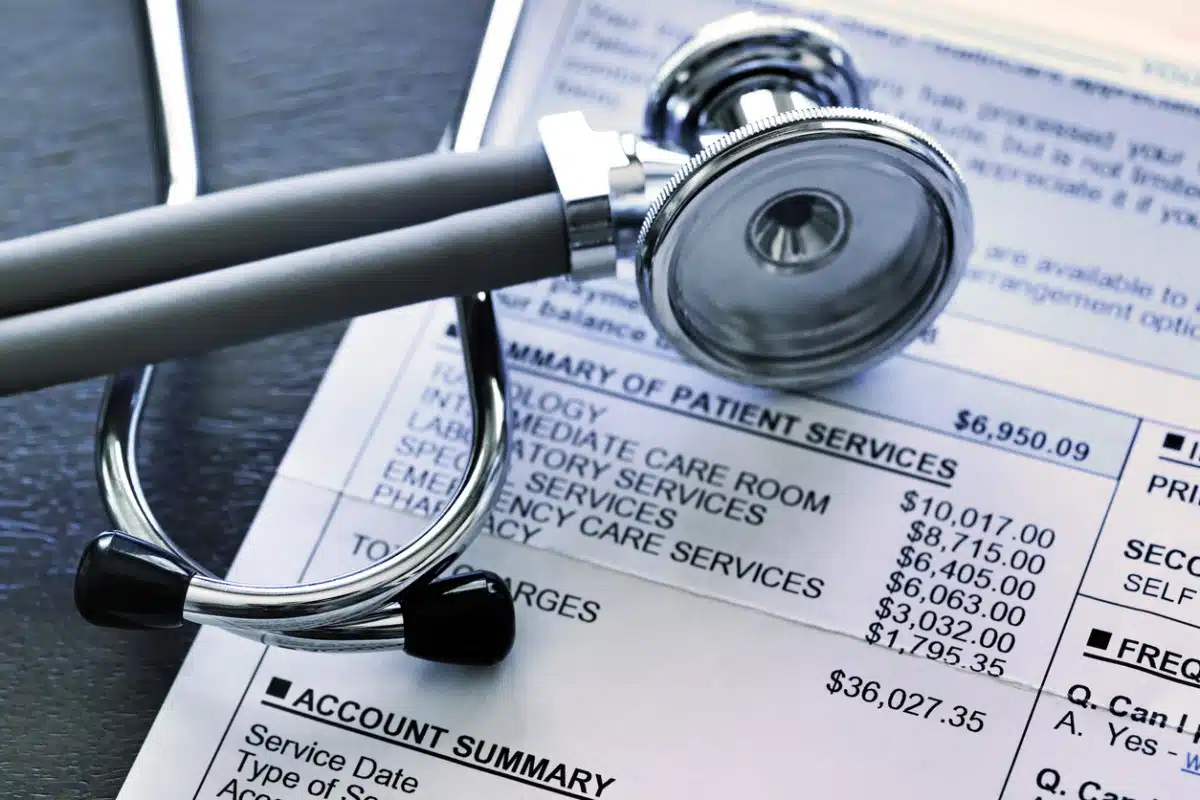
Types of Compensation Available:
-
- ER visits, surgeries, and medication
- Physical therapy or chiropractic care
- Follow-up visits and specialist referrals
- Assistive devices and home modifications
For more severe injuries, you may need:
-
- Occupational therapy
- Speech therapy (for brain injuries)
- In-home nursing or residential care
-
- Time off work during recovery
- Loss of future wages if you’re permanently disabled or limited in your career
-
- Physical pain
- Discomfort from treatments and surgeries
- Chronic pain or long-term disabilities
-
- Anxiety
- PTSD
- Depression
- Loss of enjoyment of life
You can be reimbursed for:
-
- Car repairs
- Towing and storage fees
- Total loss value if your car is beyond repair
Injury victims’ spouses and family members may also be entitled to compensation for loss of companionship, affection, and support.
8. Wrongful Death Damages
If the accident resulted in a fatality, eligible surviving family members may claim:
-
- Funeral and burial costs
- Loss of financial support
- Loss of parental guidance or spousal companionship
- Emotional suffering and grief
7. Your Rights and the Texas Legal Process
In Texas, proving liability in a car accident hinges on negligence. A speeding driver can be considered negligent because they violated traffic laws and created a foreseeable risk of harm.
To win a claim, you’ll need to prove:
-
- The driver had a duty of care
- They breached that duty by speeding
- Their actions caused the crash
- You suffered damages as a result
8. Conclusion & Next Steps
Speeding-related accidents leave victims dealing with serious injuries, lost wages, emotional trauma, and a maze of legal processes. But you don’t have to go through it alone. Understanding your speeding-related accident legal options is the first step toward getting justice.
At Roxell Richards Injury Law Firm, we fight fiercely for accident victims across Texas. If you or a loved one was hurt in a speeding-related accident, don’t wait. Contact Roxell Richards Law Firm today for a free consultation.
Roxell Richards Injury Law Firm
Houston, TX z7057
Phone: (713) 974-0388
Fax: (713) 974-0003
Frequently Asked Questions
Can I file a claim if the other driver was only slightly over the speed limit when we crashed?
Yes. Even being just 5–10 mph over the limit can be considered negligence, depending on location (e.g., school zones, construction zones) and other circumstances of the crash.
Do I still have a case if I share some fault in the accident?
Possibly — many states allow recovery under comparative fault rules as long as you are less than a certain percentage at fault (for example, under 51%).
Can I get compensation for future medical care and long-term disabilities from a speeding crash?
Yes — a claim can include current and future medical expenses, rehabilitation, long-term care, lost earning capacity, and other damages depending on the severity of the injury
Is it advisable to hire a lawyer after a speeding-related accident?
Yes. Because proof of speed, liability, and damages can be complex — especially with serious injury or unclear fault — a lawyer can help collect evidence, negotiate with insurers, and handle lawsuit procedures to maximize your compensation.
What counts as a speeding-related accident?
A speeding-related accident is one where excess speed contributed to the crash — such as missing signals, being unable to brake in time, or failing to respond to hazards — making the speeding driver potentially negligent.
